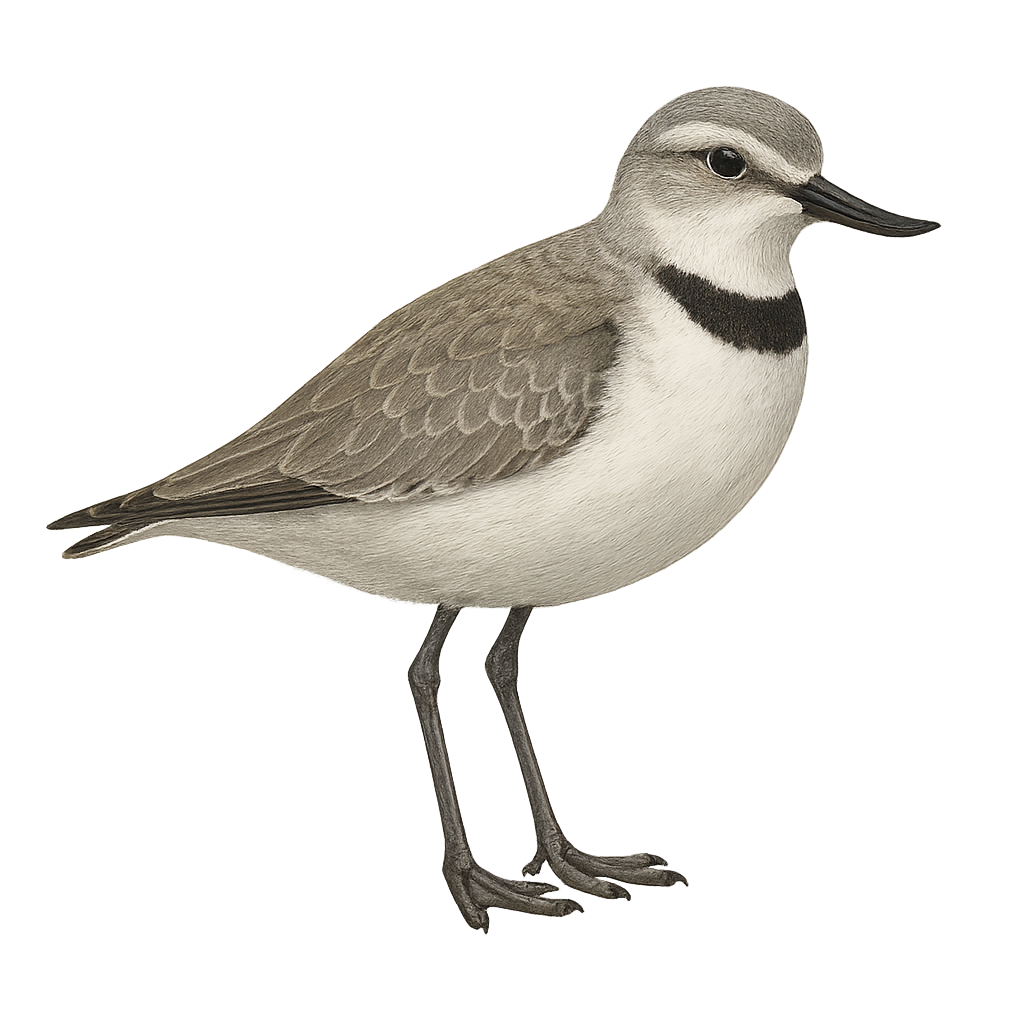Your wildlife photography guide.
Explore the wrybill in detail, study its behavior, prepare your shots.
Where to observe and photograph the wrybill in the wild
Learn where and when to spot the wrybill in the wild, how to identify the species based on distinctive features, and what natural environments it inhabits. The WildlifePhotographer app offers tailored photography tips that reflect the wrybill’s behavior, helping you capture better wildlife images. Explore the full species profile for key information including description, habitat, active periods, and approach techniques.
Wrybill
Scientific name: Anarhynchus frontalis

IUCN Status: Vulnerable
Family: CHARADRIIDAE
Group: Birds
Sensitivity to human approach: Suspicious
Minimum approach distance: 10 m
Courtship display: August to September
Incubation: 25-27 jours
Hatchings: August to October
Habitat:
Riverbeds, estuaries, beaches
Activity period :
Primarily active during the day, with peak activity in the morning and late afternoon.
Identification and description:
The Wrybill, scientifically known as Anarhynchus frontalis, is an endemic bird of New Zealand. It is unique among birds for its bill, which curves to the right, an adaptation that allows it to efficiently probe river gravels for food, primarily aquatic insects and larvae. This medium-sized bird, measuring about 20 cm in length, has grey plumage on its back and white on its belly, with a distinctive black band on its forehead. It primarily inhabits riverbeds and estuaries, where it nests and breeds. Although its population is stable, it is considered vulnerable due to habitat loss and introduced predators.
Recommended lens:
400 mm – adjust based on distance, desired framing (portrait or habitat), and approach conditions.
Photography tips:
To photograph the Wrybill, it's advisable to use a telephoto lens of at least 400mm to capture detailed images without disturbing the bird. The best opportunities often arise early in the morning or late in the afternoon when the light is soft and the bird's activity is at its peak. Look for areas near rivers or estuaries where they feed. Be patient and discreet to avoid scaring them away. Use a tripod to ensure camera stability and adjust your settings to capture the details of the plumage and the unique behavior of this fascinating bird.
The WildlifePhotographer App is coming soon!
Be the first to explore the best nature spots, track rutting seasons, log your observations, and observe more wildlife.
Already 1 430 wildlife lovers subscribed worldwide

